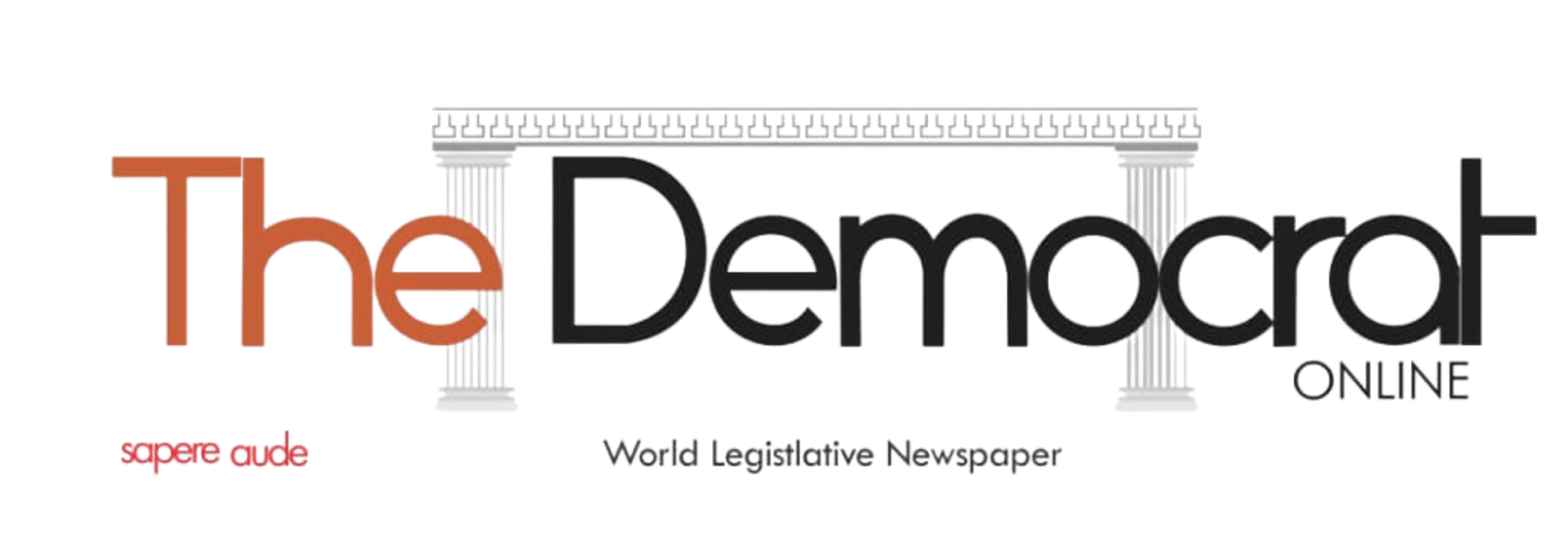
Stratas Advisors, in a report sent to Rigzone, discussed the future of oil prices, noting that before recent events, it had forecasted Brent crude prices to range between $75 and $80 per barrel, and WTI prices between $70 and $75. The forecast was based on expectations that demand would slightly surpass supply, driven by improved conditions in Asia, including China, and strong demand in the U.S.Stratas Advisors anticipated OPEC+ would remain cautious in easing supply cuts, with non-OPEC supply increasing by less than 1 million barrels per day in 2025.
The report highlighted that the main risk to their forecast is demand growth in non-OECD countries, particularly in Asia. The recent tariffs have heightened this demand-side risk, with China facing challenges due to its reliance on exports, as retaliatory tariffs could further harm its export sector.Stratas noted that China’s export growth, fueled by falling producer prices and a weakening currency, could hurt its domestic economy due to its reliance on energy imports priced in U.S. dollars.
The U.S. will also face challenges from tariffs but has more flexibility to manage the impact.Stratas reported that U.S. consumers and companies can mitigate tariff impacts by shifting to domestic alternatives, but both China and the U.S. will face economic challenges if elevated tariffs persist. The report predicts that unless the U.S. changes its tariff strategy, oil demand will be affected.
On the supply side, Stratas expects OPEC+ to adjust production to align with demand, despite the announced supply increases in May.Stratas expects OPEC+ to support oil prices, with the U.S. shale sector adding little this year. They predict Brent crude will stay above $60, rising toward $70 in Q2. If tariffs are resolved favorably, Brent could reach $75 and WTI $70. They also noted Saudi Arabia may temporarily lower prices to reduce overproduction, but this is unlikely.Stratas expects Brent crude to stay above $60, rising toward $70 in Q2. If tariffs are resolved, Brent could hit $75 and WTI $70. However, a worsening trade war could push Brent below $50 and strain OPEC+ cooperation.
OPEC’s decision was based on strong market fundamentals and a positive outlook, despite falling oil prices. As tariffs could push the U.S. effective rate to 23%, higher than during the Great Depression, market expectations were reevaluated. OPEC+ typically avoids premature supply hikes, preferring to let prices rise naturally.OPEC+ may be shifting its strategy. If the “OPEC+ put” is lost, it could lead to a downward revision in Brent forecasts.
While supply cuts could be unwound due to strong non-OPEC+ supply and slowing demand, this risks market instability, weakened price control, and economic pain for commodity-dependent producers.Alternatively, the increases could be temporary and may be reversed due to the ongoing market turmoil, according to the BMI analysts.




